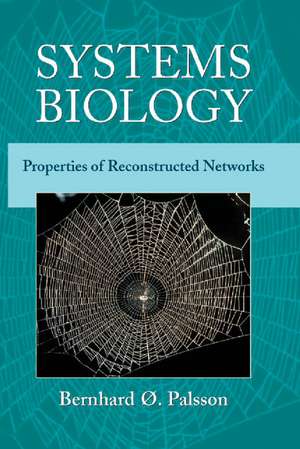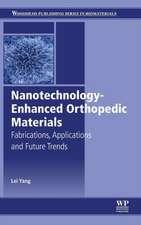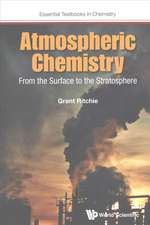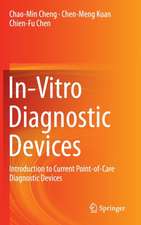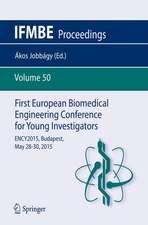Systems Biology: Properties of Reconstructed Networks
Autor Bernhard Ø. Palssonen Limba Engleză Hardback – 15 ian 2006
| Toate formatele și edițiile | Preț | Express |
|---|---|---|
| Hardback (3) | 425.51 lei 3-5 săpt. | +50.52 lei 6-12 zile |
| Cambridge University Press – 25 ian 2015 | 425.51 lei 3-5 săpt. | +50.52 lei 6-12 zile |
| Cambridge University Press – 15 ian 2006 | 551.83 lei 6-8 săpt. | |
| Cambridge University Press – 25 mai 2011 | 554.56 lei 6-8 săpt. |
Preț: 551.83 lei
Preț vechi: 620.04 lei
-11% Nou
Puncte Express: 828
Preț estimativ în valută:
105.59€ • 110.25$ • 87.39£
105.59€ • 110.25$ • 87.39£
Carte tipărită la comandă
Livrare economică 04-18 aprilie
Preluare comenzi: 021 569.72.76
Specificații
ISBN-13: 9780521859035
ISBN-10: 0521859034
Pagini: 336
Dimensiuni: 20 x 261 x 181 mm
Greutate: 0.74 kg
Editura: Cambridge University Press
Colecția Cambridge University Press
Locul publicării:New York, United States
ISBN-10: 0521859034
Pagini: 336
Dimensiuni: 20 x 261 x 181 mm
Greutate: 0.74 kg
Editura: Cambridge University Press
Colecția Cambridge University Press
Locul publicării:New York, United States
Cuprins
Preface; 1. Introduction; 2. Basic concepts in systems biology; Part I. Reconstruction of Biochemical Networks: 3. Metabolic networks; 4. Regulatory networks; 5. Signalling networks; Part II. Mathematical Representation of Reconstructed Networks: 6. Basic features of S; 7. Topological properties; 8. Fundamental subspaces; 9. Null space of S; 10. The left null space of S; 11. The row and column spaces of S; Part III. Capabilities of Reconstructed Networks: 12. Dual causality; 13. Properties of solution spaces; 14. Sampling properties of solution spaces; 15. Finding functional states; 16. Parametric sensitivity; 17. Epilogue; Appendix A: nomenclature and abbreviations; Appendix B: E. coli core metabolic network; Bibliography; Index.
Recenzii
'… [deserves] serious attention from any quantitative scientist or physicist who hopes to learn about modern biology … a welcome departure from the typical biology textbook … a very readable introduction to the subject … this is an exciting time for biology. The author exposes readers to enough material that the research literature in quantitative systems biology should become accessible.' Physics Today
Notă biografică
Descriere
This textbook in systems biology describes how to model networks, how to determine their properties and how to relate these to phenotypic functions.
